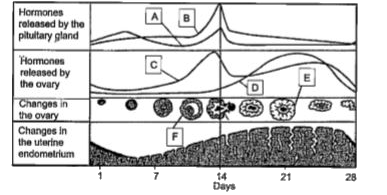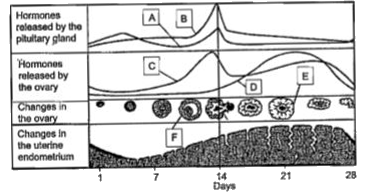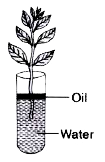Read the cartoon given below and answer the questions that follow:

Which countries are being represented in the cartoon?
All backward countries
Topper's Solved these Questions
- PEACE BOOK - FULL MARKSCHAPTER - PEACE EXERCISE - ADDITIONAL QUESTIONS WITH ANSWERS (V. LONG ANSWER TYPE QUESTION-II)
4 Videos
- NATIONALISM BOOK - FULL MARKSCHAPTER - NATIONALISM EXERCISE - RESOURCE MATERIAL (II. SHORT ANSWER TYPE QUESTION)
1 Video
- POLITICAL THEORY : AN INTRODUCTION BOOK - FULL MARKSCHAPTER - POLITICAL THEORY : AN INTRODUCTION EXERCISE - ADDITIONAL QUESTIONS WITH ANSWERS (VI. Picture-Based Question )
1 Video
Similar Questions
Read the cartoon given below and answer the questions that follow:
(i) What does the cartoon represent?
(ii) Should a person accused of a serious crime be barred from contesting an elections?
View SolutionStudy the cartoon given below and answer the questions that follow:
(i) Identify the person in the centre of the cartoon and mention the challenge surrounding him.
(ii) What does the cartoon actually refer?
(iii) How did India avoid all these conflicts?
View Solution
Knowledge Check
Study the diagram given below and answer the questions that follow:

The alphabet 'A' represents ______ hormone.AOestrogenBProgesteroneCFSHDLHStudy the diagram given below and answer the questions that follow:

The alphabet 'D' represents ______ hormone.AProgesteroneBOestrogenCLHDFSH
Read the cartoon given below and answer the questions that follow:
(i) These members of the ruling party are trying to listen to the 'tiny' opposition! Was this the effect of our electoral system?
(ii) What does the cartoon represent?
View SolutionRead the cartoon given below and answer the questions that follow:
Why is the Universal Adult Franchise compared to an elephant?
(ii) Is it unmanageable?
(iii) Or is it like the story in which everyone describes the elephant only by its parts?
View SolutionStudy the diagram given below and answer the questions that follow :

Name the process being studied in the experiment.
View SolutionStudy the picture given below and answer the questions that follows:
(i) What does this picture represent?
(ii) Mention some consequences of partition.
(iii) Which year is being denoted in the picture?
View SolutionRead the cartoon given below and answer the questions that follow:
(i) They say elections are carnival of democracy. But this cartoon depicts chaos instead. Is this true of elections always?
(ii) Is it good for democracy?
View SolutionRead the cartoon given below and answer the questions that follow:
(i) The Netaji is afraid of EC. Why do leaders fear the Election Commission?
(ii) Is this good for democracy?
View Solution
